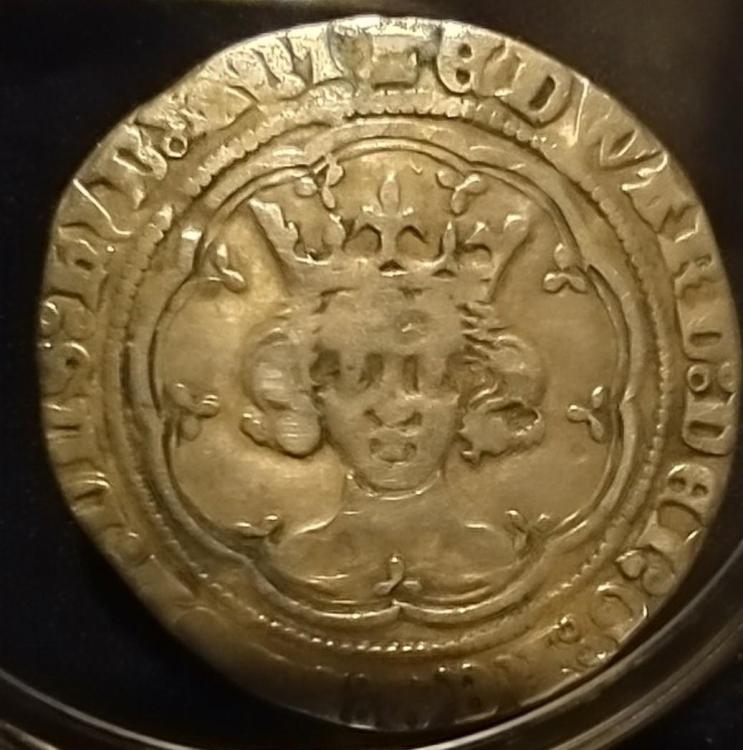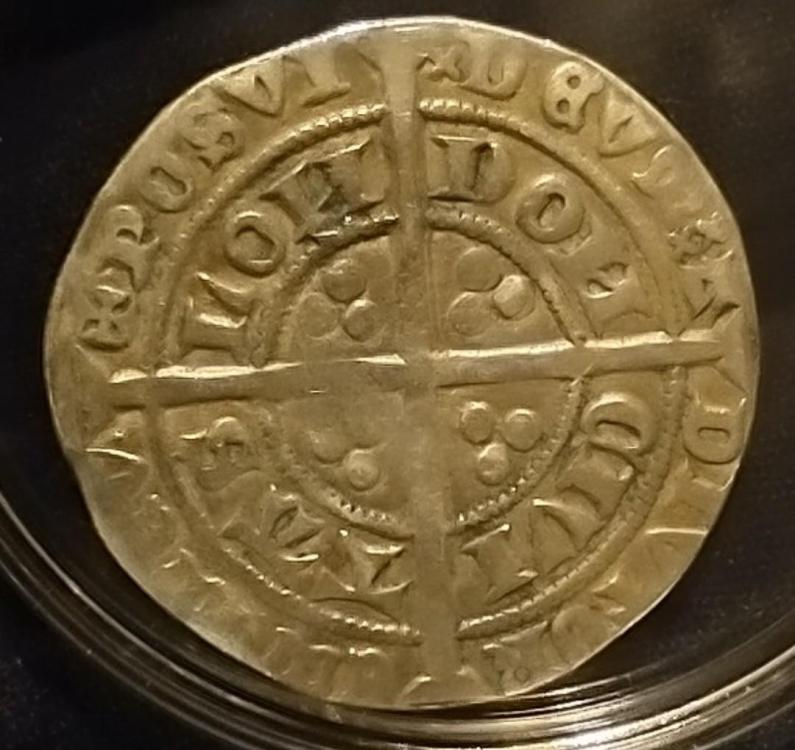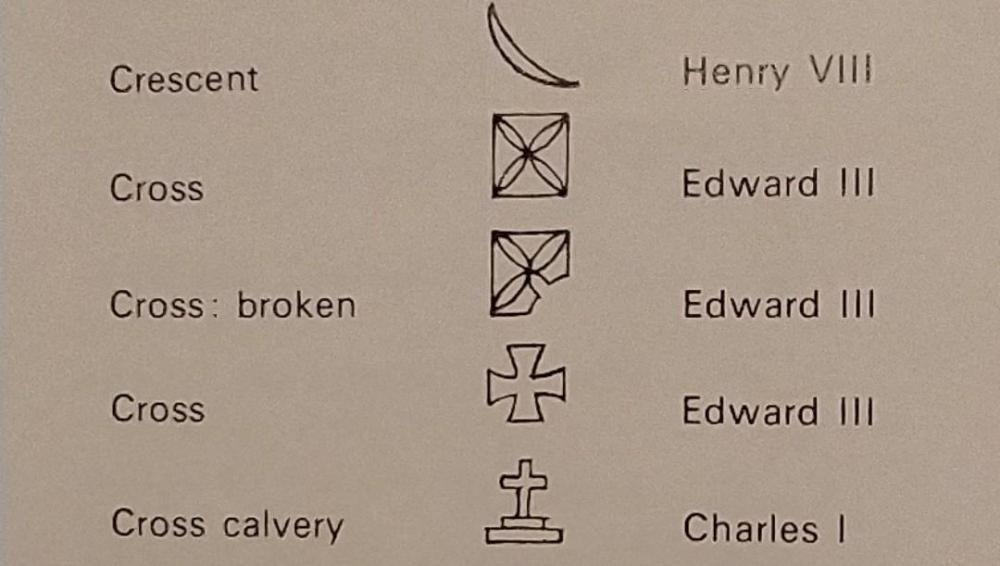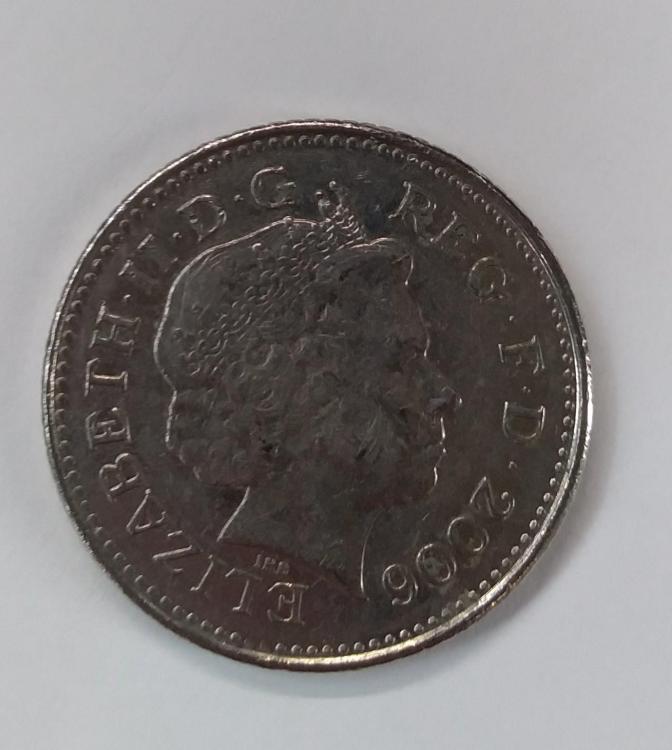Leaderboard
Popular Content
Showing content with the highest reputation since 11/06/2025 in all areas
-
3 points
-
I agree, it’s either die wear or very possibly the power of the strike, a reduced impact affecting the metal flow into the recesses of the die. Other detail such as the rocks and the lines on Britannia’s shield also seems reduced. I really don’t know who’s given her the finger though. Jerry3 points
-
Yes, as Paddy has narrowed it down to, the Bristol coin is class 3cd, and it looks to me that the London coin is a class 10/11 mule, on account of the angle-backed C on the reverse. This is an excellent resource if you haven’t any books on the series. https://www.rodblunt.com/edwardian-pennies3 points
-
Hello 🙂 sadly this coin is suffering from some bright green patches but they don't show up particularly in the photo! I think it's an Edward III groat / London but that's all I can work out at the moment. I think that cross is just hidden by a shadow at the bottom of the first photo, but am I roughly looking at the right part of the coin for this type of mark? Thank you 🙂2 points
-
These almost always appear at 12 O'clock on the obverse, before the monarch's name. 🙂 Without literature to hand, looks like a Treaty period groat without French titles. Dating to between 1361-9.2 points
-
A recent discovery that some of my florins... below the bust you can see the Die No, makes it that much more interesting for me. 👍2 points
-
Interesting one, as looks to have an error in the mint reading where the LON and DON have been swapped: DON LON IEN SIS instead of LON DON IEN SIS. Looks to be Edward I, class 3d.2 points
-
For those that had not spotted it before (like me), there is now an option to contribute to the running of this forum. On the main forum page, down the right hand side, if you click on the amount raised so far, underneath "Current Donation Goals", you can make a donation. All you require is a Paypal account - and funds of course!2 points
-
2 points
-
The R beneath the wreath makes it Orleans mint. The creature beneath the bust is described as a "Greyhound running left" though it looks far more like a dragon to me! Indicates Mathieu-Pierre Combret as the moneyer, 1780 to 1788.1 point
-
Thank you 🙂 I have two hammered coins (and no plans to get any more) but I'm going to try and learn as much as I can about the two that I have. They're really interesting aren't they!1 point
-
I don't mind giving a few £ to Wiki as I've used them so often. Same with this site.1 point
-
This just sold at auction for 160,000 Swiss Francs, so I guess with commission just over that in pounds...Sorry no pictures here for now. Very rare and right up my alley but WAAAY out of my affordability range. I have the die module/trial for the reverse gotten some years ago but not nearly as exciting as this one.1 point
-
1 point
-
1 point
-
1 point
-
I think some have called that "skip" with the die slipping on strike...Something of that sort...Comes with a shelf-like appearance at the date and occasionally other devices.1 point
-
Another coin collector had a Looking at this, the verdict........ "it looks like an Edward IV 1st Reign groat of the Light Coinage issue (1464-70). No marks at neck, mint mark crown on the obverse. London mint." 🎉 Happy Happy Happy!!!!1 point
-
It's always good to learn. We all do, albeit mostly through mistakes, not having gone to the effort of preparing ourselves adequately for the items in question. It is always helpful to acquire a few higher grade items in your areas of interest as well as being cleanly and clearly struck. If correctly identified, then you can use those as a reference for the various design features you need to check to drill down into the sub-type. Don't be afraid of spending decent money on a good coin. It doesn't suddenly become a 50p lucky dip item worth nothing just because you paid more than you normally would.1 point
-
I sent an email to the developers and they said there were many issues with Invision forums and listed a whole range of the causes - one of them was the rich text issue which you fixed, but there were several others some of which were very technical and beyond my understanding! However, they did suggest trying another browser, so I went back to my Chromium browser for predec (I also use it for banking as it doesn't involve the very irritating 2FA thing where you have to get a 6 digit code on your phone).1 point
-
1 point
-
1 point
-
1 point
-
Michael Gouby was selling the Type 4 and 5 1992s for about £60 in EF. So I guess somewhere between £30 and £50 would be reasonable. I think the 2006 is rarer than either of those. I've got about 20 type 4s and maybe a dozen type 5 - not EF condition you understand. They are much more common though.1 point
-
I love this kind of thing. Modern rarities that no one is bothered about because there is little financial incentive to look, they involve a little effort to understand and spot and because they haven't been exposed in the Sun or on dodgy click-bait tabloid websites. I hate that side of decimal collecting, plus all of the deliberate misleading crap and even fakes on eBay over the years.... remember the dateless mule 20p, when people were actually grinding off the date of normal ones and attempting to pass them off as 'dateless'! How many 2006 10p's do you think you've actually seen in total? 2006 was a massive mintage at 118m+, so it would seem the type A die(s) were for whatever reason, just used for a tiny fraction of that total. Even if it was for a million coins, it's still under 1% of the 2006 total. All these years later and finding a stunning example will be very hard (as you know!), like finding a decent 1807 slave trade £2 with no DG initials (i.e. the circ only variant). They may well be rarer than the Kew 50p. Might even be comparable with the mule 2016 £1 coin with the tiny 2017 dates on the reverse - and surely more of those should exist in the wild but a magnifying glass is needed to even see it.1 point
-
Wow, that's great to find out, thank you, I did have to read up on Mule meaning I have read before and so this is a Error coin A mule coin is a type of error coin that features a combination of designs from two different coins, typically due to a mistake during minting. Wow.. this is very interesting to also learn. many thanks for all the time taken, its going to be an interesting few weeks as these still need to be worked through.....1 point
-
You're magically an enthusiast now. The expert grader old rank was always there. No idea why they need to have 2 now.1 point
-
I'm using Chromium instead of Firefox, and so far - touch wood - it seems to be working normally with my abbreviations.1 point
-
1 point
-
9 badges now!! Just 'Milk Monitor' to get and I have the set!! And yes, Kylie is still in the top ten....1 point
-
It's some kind of 'Conder' regional token, almost certainly a halfpenny. Date appears to be 1791. That's probably a sheep fleece in the coat of arms and it's probably a bishop on the other side - someone will know what town that makes it! Unless you can read anything off it.1 point
-
1 point
-
1 point
-
Wonder if it's to do with the manual entry of the last two digits. Until you have an impression it is very difficult to see if the alignment is correct. Once you have a mark you may well find it needs a little sideways or rotational adjustment.1 point















